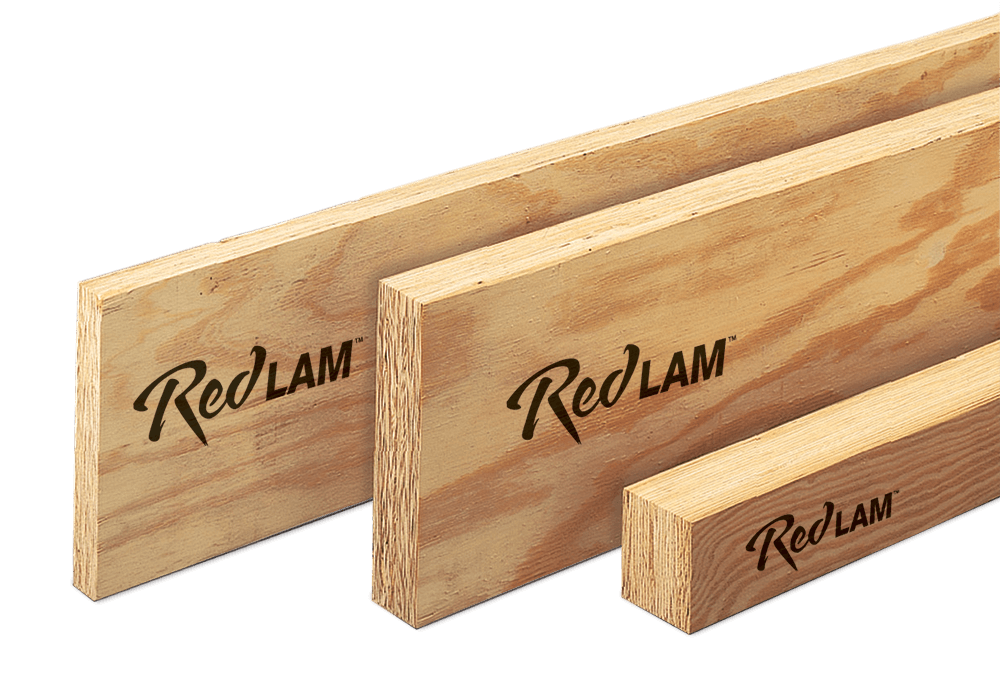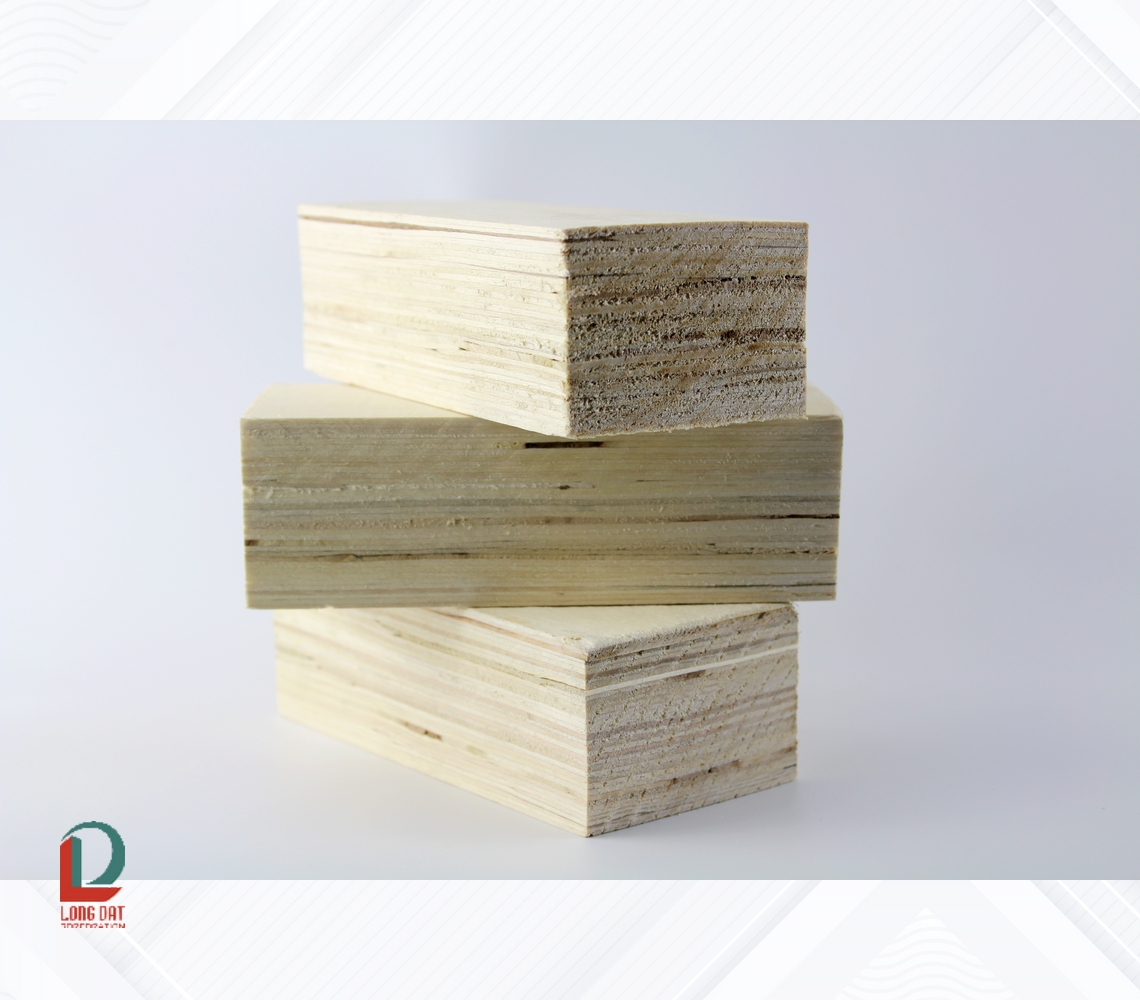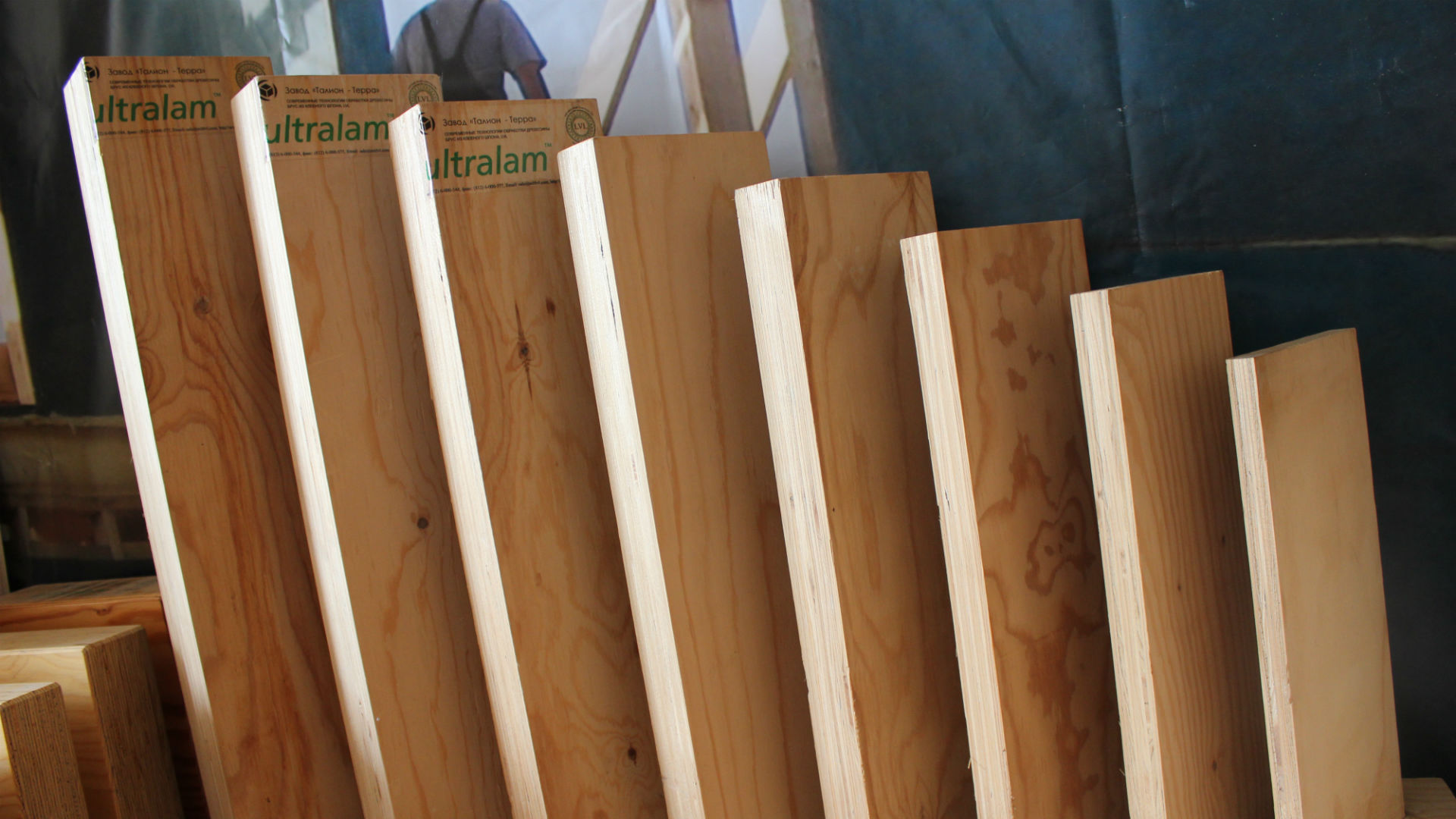
They can easily be built-up on site to reduce heavy lifting. Depending on the veneer product, all the veneers are in the longitudinal direction or some of the veneers are glued crosswise. Microllam LVL beams work well in applications all over the house. In fire, the charring speed is o.6 mm/min.įinnish laminated veneer lumber is made by gluing 3 mm thick spruce veneers together. As well as floor and roof construction, LVL can be used for trimming and supporting beams and for stiffening. In horizontal construction, typical centres for LVL are from 5 to 12 metres. 25 metres. The thickness of the beams varies from 27 to 75 mm. Transport problems usually limit the length to approx. Maximum length is 24 to 25 meters depending on the manufacturer.


Laminated veneer lumber is specified according to Finnish Standard SFS-EN 14374. Normally the veneers are not sanded or filled, but LVL can be made to order with the surface veneers sanded. Laminated veneer lumber is available in various finishes and also pressure-impregnated to class AB. In Finland, laminated veneer lumber is made by gluing together 3-mm thick spruce veneers. Depending on the LVL product, all the veneers are with same the grain direction lengthways or some of the veneers are glued crosswise. Examples of use include load-bearing columns and beams, trusses, ring beams and components for the door and window industry. Laminated veneer lumber is used in all new-build and renovation work and for industrial purposes. Laminated veneer lumber (LVL) is a structural wood product made by gluing together lathe-turned veneers.

This is what makes STEICO LVL so resilient. The clever bit: where naturally grown wood has flaws, such as knots, stretching over the entire cross-section, STEICO LVL restricts the flaw to a single sheet of veneer. The veneers are dried, sorted, glued, pressed and cut to their final format. To make STEICO LVL ( Laminated Veneer Lumber), debarked softwood logs are put in hot water to soften and are then peeled into veneer layers in a rotation process.


 0 kommentar(er)
0 kommentar(er)
